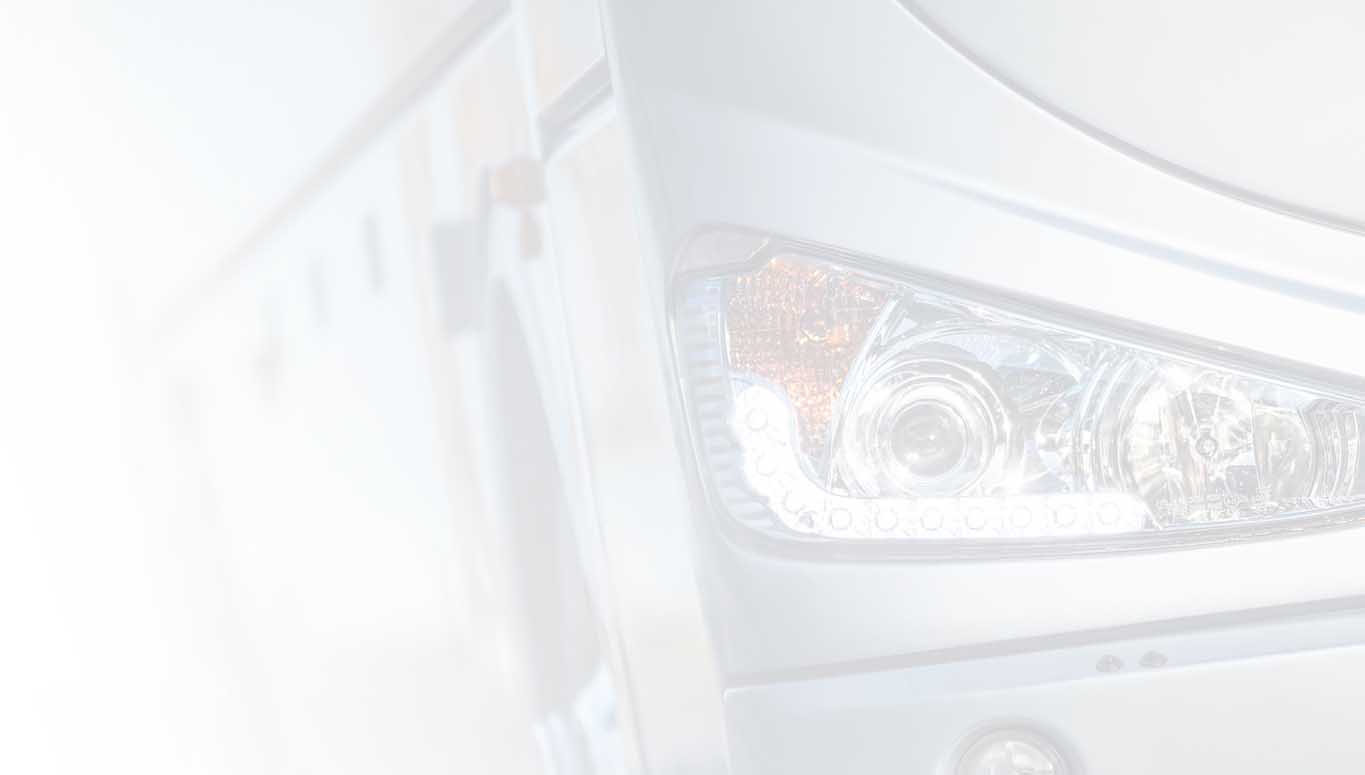Long distances: Enjoy the TV channels of the different satellites
In this blog we will cover the topic of long-distance travel. When we talk about long-distance routes, we are not only referring to routes within Europe but also to routes beyond Europe.
In these types of trips, the passengers may be of different nationalities and thus have different preferences for television channels. On the other hand, the signal trail is limited and not visible throughout these long journeys.
It should be emphasized that on these long distances the curvature of the land becomes visible and causes the antenna angle aimed at the satellite to change and as a result we have to vary the graduation of the antenna LNB in order for the system to continue to work.
How can we still offer satellite TV?
In order to be able to answer this question, we have to proceed in a structured way:
Let's start with the physical issue of the land curve and how it affects signal reception. As noted above, the angular view of the antenna varies with the satellite over long distances and this requires a modification in the graduation of the LNB. In traditional systems, this modification is performed by manually adjusting the antenna. This is unimaginable with a moving vehicle, since we would have to climb onto the roof of the vehicle, uncover the antenna, and then manipulate it. There are currently satellite antennas with automatic angle corrections of the LNB, the so-called automatic skew , which ensures that the optimum angle is available at all times.
From a unified point of view, we will now address the issue of limiting satellite tracks and receiving channels from different satellites, as these two issues are closely related.
As we know, the satellites are designed to broadcast in certain zones and thus there are zones that we cannot lock onto certain satellites. On the other hand, tuning the channels from different satellites means that with traditional antennas, physical adjustments must be made to the antenna to change the LNB angle to receive two different satellites.
As already mentioned, this would be unimaginable with a moving vehicle, since every time we change satellites we would have to climb onto the roof, uncover the antenna and work on it.
Thanks to the current systems, we can now have advanced physical control units that make it possible to register the positions of the different satellites. Then when we select the satellite we want, the system will automatically take care of setting the LNB to receive the signal from that satellite. Changing satellites is as easy as changing a television channel.
As can be seen from the points mentioned above, through the use of advanced satellite TV systems, it is possible to offer long-distance satellite TV.

